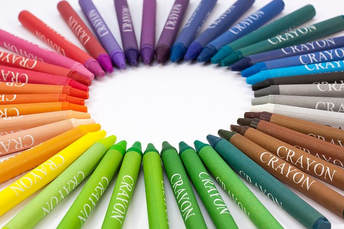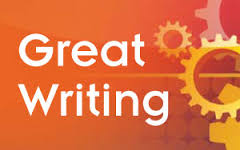The reward of holding a copy of your published work is indescribable. But it’s just one of the many exciting milestones in your journey to self-publishing success. One key objective in your publishing journey is selling your book successfully. Here are five tips we think may help improve your efforts to increase book sales.
Build up your image as an author and a brand
Book buyers and readers gravitate to books—and authors—that appeal to them. The more you project yourself in a way that holds their attention, the more you gain their trust. Highlight the fact that you are now a published author. Add that to your email and forum signature lines. Don’t forget to add your website or social media profiles to here, as well as to your press release boilerplates. These may be small things, but they’re the building blocks to a positive image.
A quality 3rd-party review is important to successful bookselling
An honest and well-written 3rd-party review is invaluable. A positive review from a respected book reviewer will make your book stand out, improve its marketability and enhance your title’s, as well as your, reputation. Don’t be afraid to invite readers and indie reviewers to evaluate your book. Published reviews on sites like Amazon, Barnes & Noble, and other bookstore bolsters the credibility of your book encouraging new readers to part with their money knowing that they will get a good read in return.
Librarians are your best customers—and allies
Librarians are savvy, well-informed book buyers. They are the favorites of the traditional publishing houses, small presses, and self-publishers. If librarians like your book and trust your brand, they will likely become some of your most effective bookselling allies. Their participation and support are valuable aids to your bookselling activities—sponsoring book signings, readings, meet-and-greet affairs, and Q&A activities at their libraries. So be sure to visit your local libraries and befriend your librarians.
Use your social media networks to connect and sell your book
While Purpose Publishing carries all the titles of its authors in its online bookstore and through its partnerships with Amazon and Barnes and Noble, one of the most effective ways to sell you book is through social media networking. Generate news, book-related updates, and positive reviews through Twitter, Facebook and Instagram, and to the other online communities you belong to. Social networks are also great places to meet fellow authors and find new opportunities for selling your book.
To Your Success,
MG



 RSS Feed
RSS Feed
